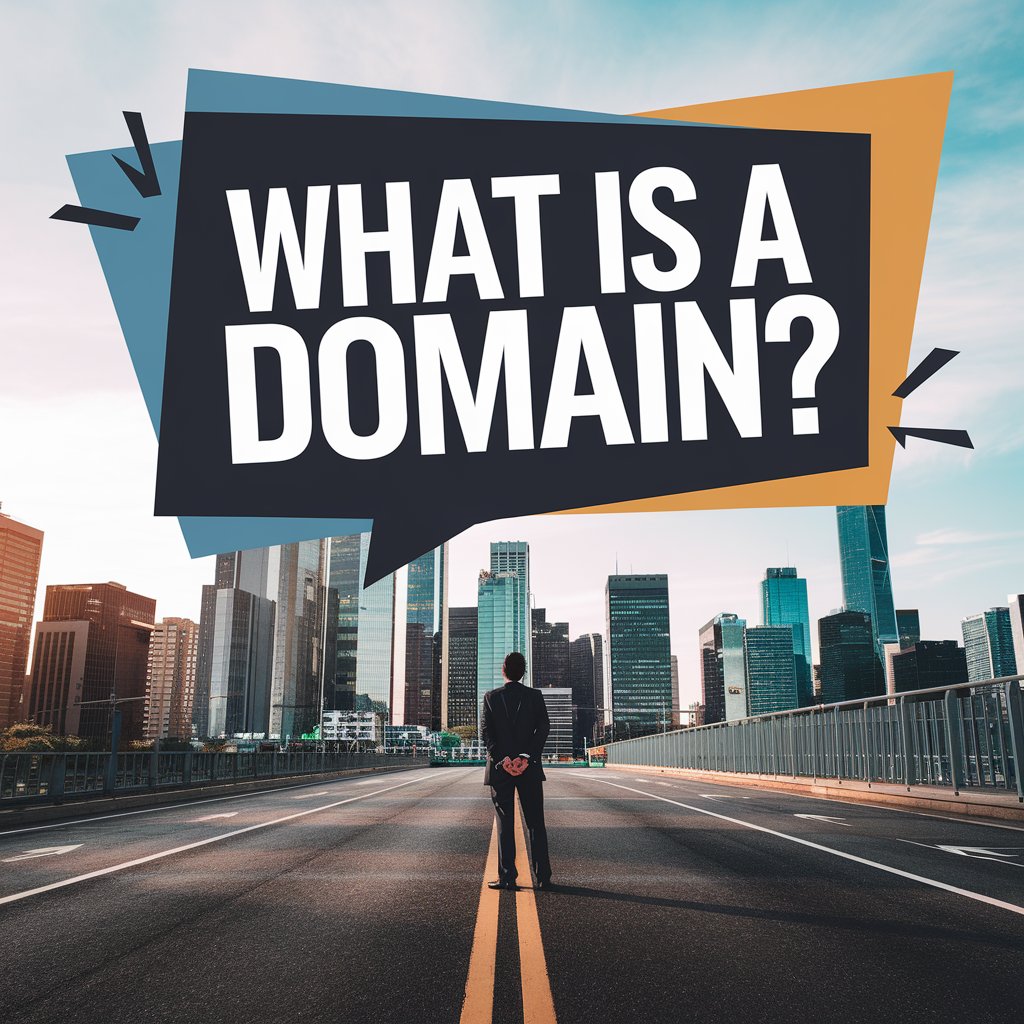What is a Domain? A Beginner’s Guide
A domain is the unique address of a website on the internet, allowing users to access web pages and content. It typically consists of a name (e.g., "example") and a top-level domain (TLD) (e.g., ".com"). Domains play a crucial role in website accessibility, branding, and online presence. Various types of domains, including .com, .net, and country-specific options like .uk, cater to different needs and audiences. Understanding domains is essential for anyone looking to create or manage a website.
What is a Domain? A Beginner’s Guide to Understanding Internet Domains
A domain is an essential part of the internet's structure, serving as a unique address that directs users to specific websites. When you type a domain like "example.com" into your browser, it connects you to a server where that website’s content is hosted. Domains make it easy for people to find websites without having to memorize complex numerical addresses (IP addresses).
Why Domains are Important
Domains are crucial for businesses, individuals, and organizations aiming to establish an online presence. They help create a professional image, enhance brand recognition, and make websites accessible to users worldwide.
The Structure of a Domain
Domains are made up of two primary parts:
- Second-Level Domain (SLD): This is the main part of the domain name, such as "example" in "example.com."
- Top-Level Domain (TLD): The TLD is the extension following the main name, like ".com," ".org," or ".net." TLDs can indicate the nature of a website or its geographic focus, such as ".edu" for educational institutions or ".ca" for Canadian websites.
Together, these parts form a complete domain, such as "example.com."
Types of Domains
- Generic Top-Level Domains (gTLDs): Common examples include .com, .net, and .org. These are widely recognized and often used for commercial, networking, or nonprofit websites.
- Country Code Top-Level Domains (ccTLDs): Country-specific TLDs like .uk (United Kingdom) or .de (Germany) indicate geographic locations.
- Sponsored and Specialized Domains: Extensions like .gov for government sites or .edu for educational institutions are restricted to specific entities, providing clear identification.
How to Register a Domain
Domains are registered through domain registrars, such as GoDaddy, Namecheap, or Google Domains. The process involves choosing an available domain name, selecting a TLD, and paying a registration fee, typically renewed annually. Once registered, a domain can be connected to a hosting service where a website's content is stored.
Resources:
- ICANN (Internet Corporation for Assigned Names and Numbers): ICANN coordinates domain names and TLDs worldwide, ensuring stability and security in domain name allocation.
- Google Domains: A domain registration service with easy-to-use tools for registering and managing domains.
- GoDaddy Domain Guide: A beginner-friendly guide explaining domains and registration processes.
- Namecheap: A popular domain registrar offering domain registration, hosting, and other online tools.
Final Thoughts
A domain is more than just an internet address; it’s a vital part of establishing an online presence. By choosing and registering a domain, individuals and businesses create a recognizable identity, making it easy for users to access their content. Understanding domain structure, types, and registration basics is the first step toward building a professional, accessible website.
 Support
Support



